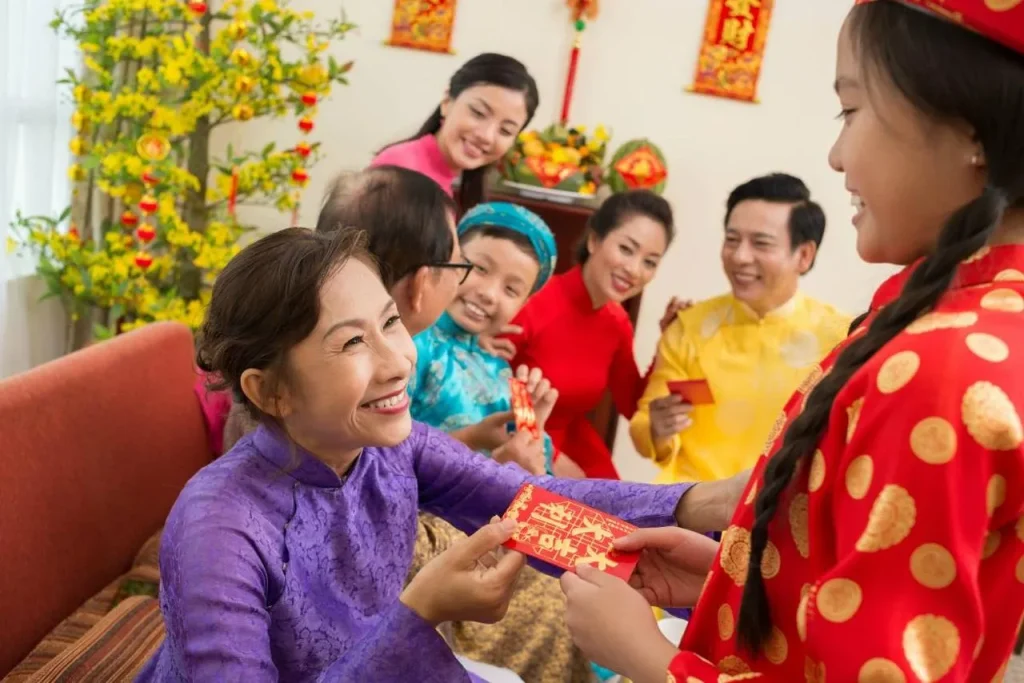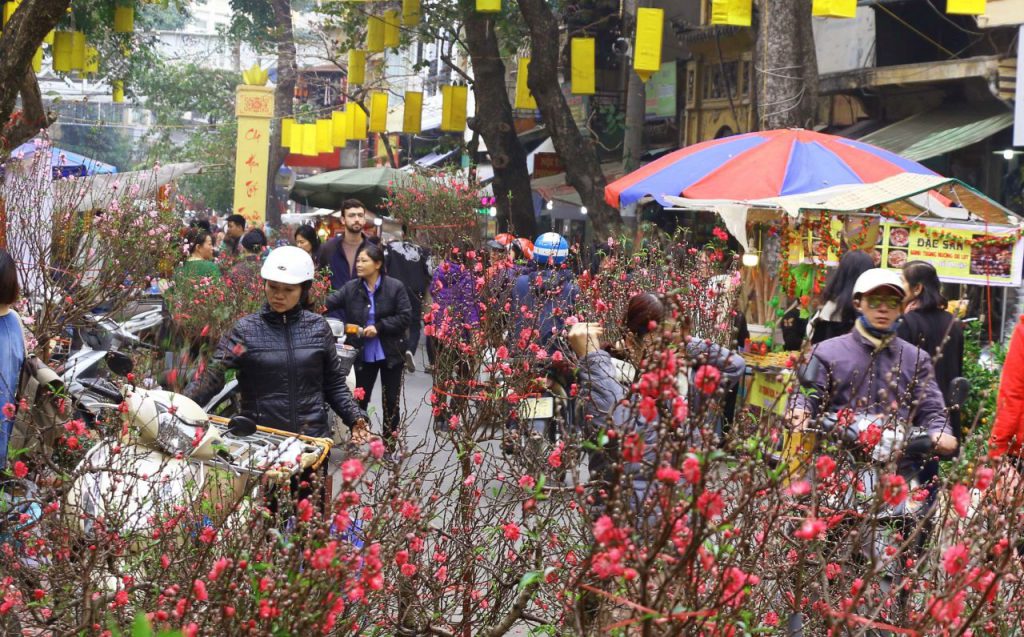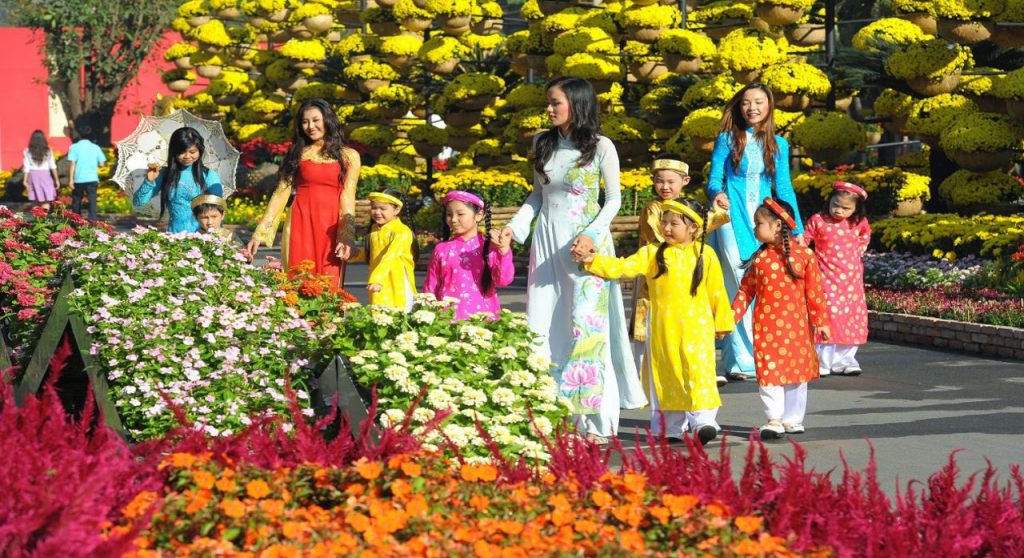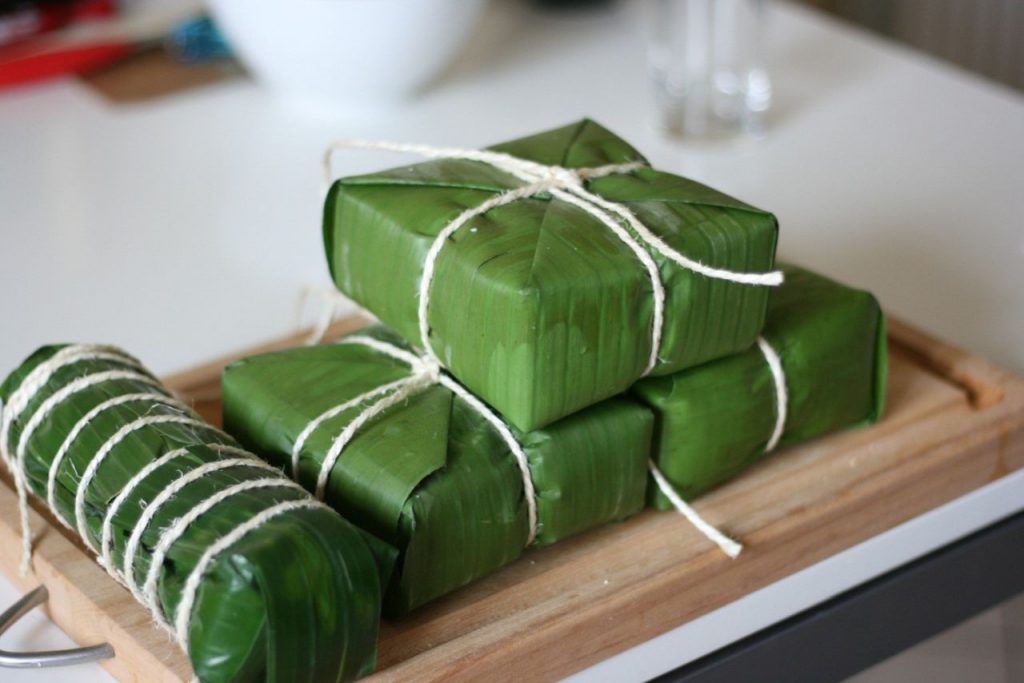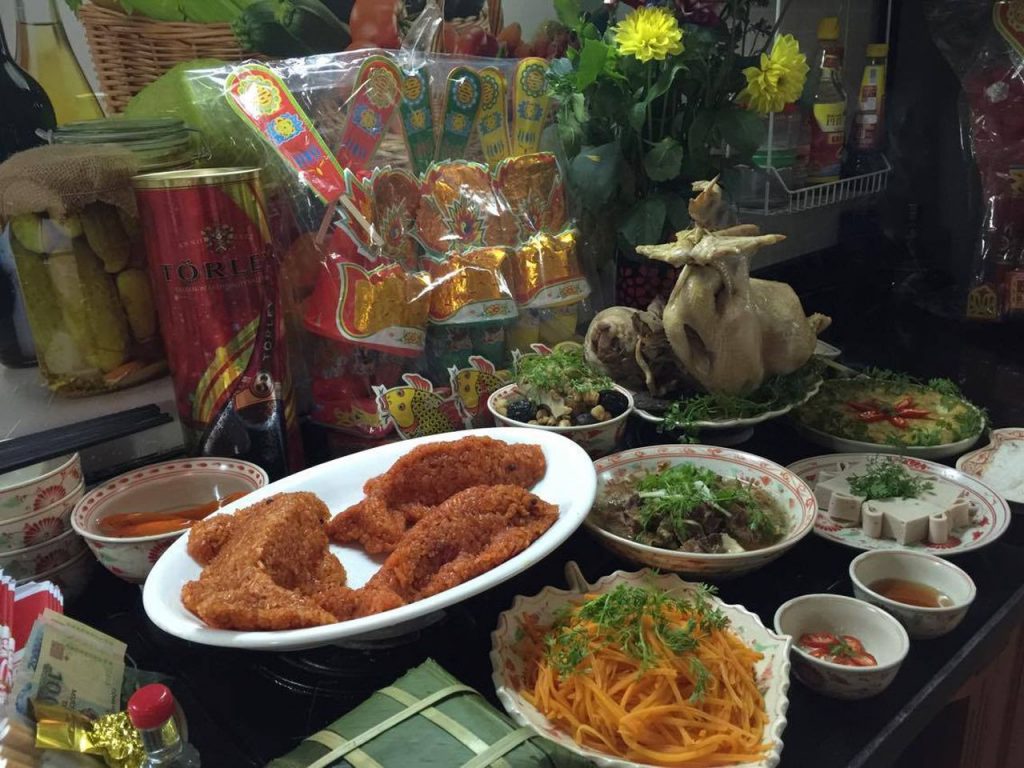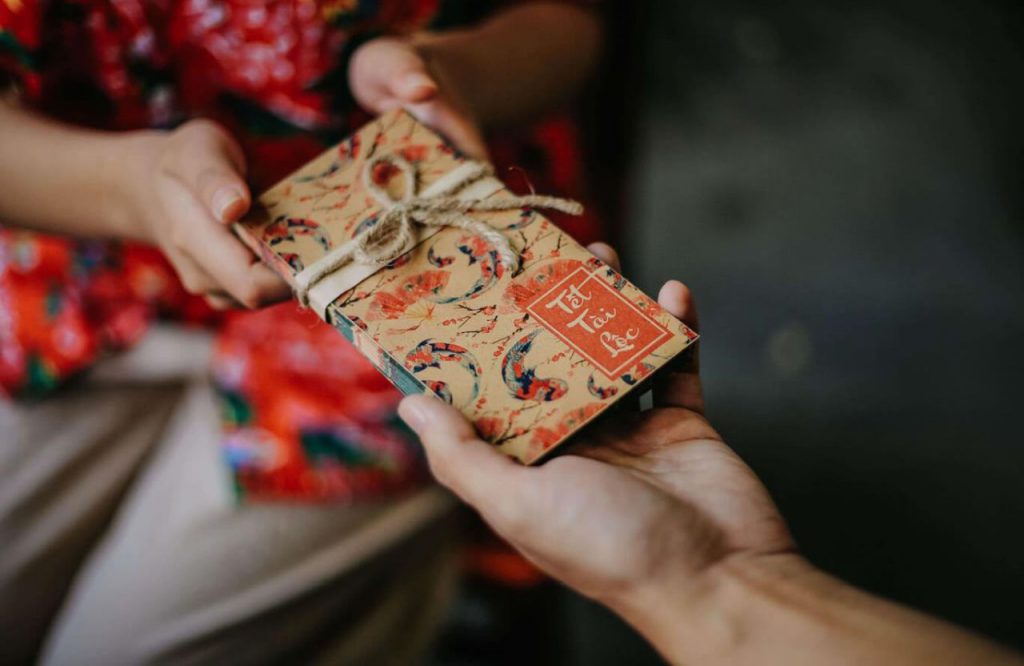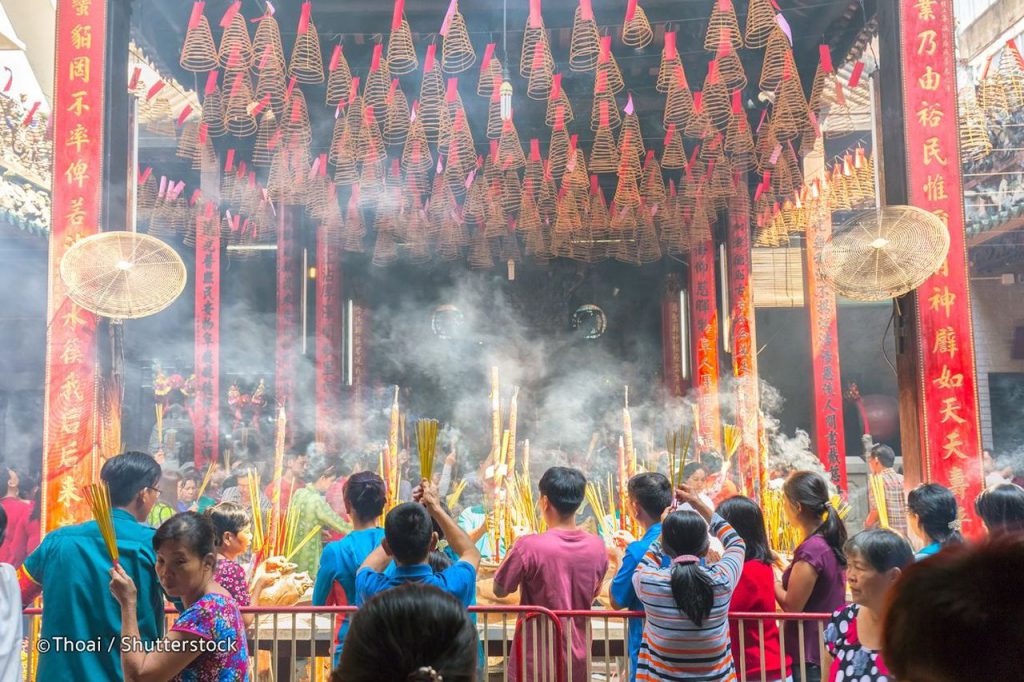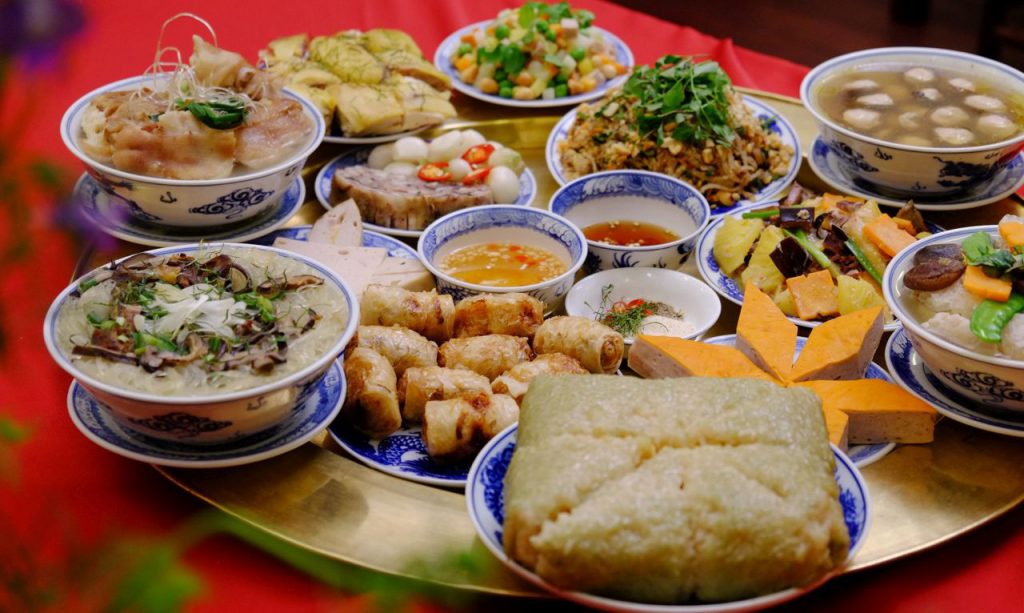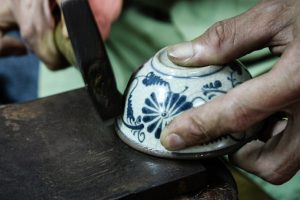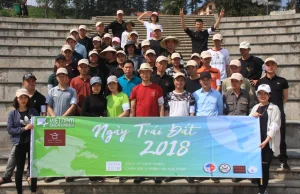You may be surprised to know that there are a few festivals during the year in Vietnam known as Tết. In the north, people celebrate Tết Hàn Thực or the Cold Food Festival on the third day of the third lunar month where traditionally no fires are lit for three days. There’s also Tết Trung Thu, or the Mid-Autumn Festival, celebrating the end of the harvest with moon cakes and paper lanterns.
However, the biggest Tết of them all is Tết Nguyên Đán or Lunar New Year, celebrated on the first day of the first month of the year. It’s by far the largest holiday in Vietnam, observed by practically everyone, regardless of social or economic status, religion, or ethnicity. Meaning “New Dawn” in Vietnamese, Tết Nguyên Đán marks the beginning of spring, and with it, a new year.
While Tết is officially only 7 days long, in reality, it lasts at least twice that amount. In the weeks leading up to Tết (which is usually around late January to mid-February according to the Gregorian calendar) people start buying gifts to bring to their friends and family back home, sprucing up the house with red and yellow flowers (red for luck and yellow, the color of gold or wealth), and doing a big spring cleaning.
One week before Tết, the first offerings are made to the kitchen gods. Most Vietnamese homes have a small altar in the kitchen where the three kitchen gods keep watch over the goings on of the house. A week before Tết, these gods are believed to ascend to heaven to report to the Jade Emperor everything, good and bad, that’s happened in the home over the past year. To put them in a good mood, the Vietnamese will make offerings and buy a few carp which are believed to transform into dragons to whisk the kitchen gods up to heaven. After the ceremony, the carp are released into a nearby pond or lake, another act of good merit.
Also in the weeks leading up to Tết, the streets of Vietnam come alive with beautiful flowers – pretty yellow apricot blossoms in the south and delicate pink peach blossoms in the north. Other popular flowers include marigolds (a double winner because they’re yellow, the color of gold, and long-lasting which is seen as representing long life), chrysanthemums and poinsettias. Fruit-bearing bushes and trees are also popular to have around the house, as they signify bounty. All through the year, professional gardeners will be busy tending to these plants and flowers, preparing for them to be at their peak, with as many flowers and fruit as possible, just in time for Tết.
Ahead of the celebrations, Vietnamese families will also prepare Tết foods. Some are bought, like fruit which are considered “lucky” in some way. Pomegranates with their many seeds signify a big, happy family while a bunch of bananas can look like a protective hand. Some foods are made at home, like candied fruit (great to have on hand to welcome visitors), a big pot of caramelized pork with eggs (an easy meal when paired with rice), and sticky rice cakes stuffed with pork and mung beans called bánh chưng. Pressed into a mold and boiled for up to 12 hours, the whole complicated process requires team work and is the perfect family occasion where everyone can lend a hand.
Tết is a time of renewal and rebirth, both for the living and the dead. Ahead of Tết, families will visit the graves of loved ones to sweep, place flowers, and make prayers inviting the spirits of the ancestors to join them for New Year’s celebrations.
At midnight on the eve of Tết, families will light incense and make offerings of food to the ancestors, asking them to protect the family and help them have an auspicious year ahead. The Tết dinner typically includes various soups, boiled chicken, jellied pork, and steamed pork ham, along with pickled vegetables and other dishes. A tray of food is set aside for the ancestors, symbolic of their joining in the feast.
The very first day of the new year is spent with family. Kids receive little envelopes filled with money from their elders, with wishes for them to do well in their studies, eat well, and be happy. In turn, the kids wish their elders good health and a long life.
In the following days, families visit old friends, neighbors, teachers, and other important people as well as visit the pagoda. Most Vietnamese work 5-6 days a week (sometimes even 7), but Tết is a time for the whole country to stop and relax after a long, busy year, playing games, catching up, and eating and drinking.
If visiting Vietnam during Tết, make like a local and relax during the first three days of the new year. Most stores, markets, and tourist attractions will be closed, so you may have to make do with Western restaurants and fast food joints instead. On the flip side, enjoy the quiet streets and the jovial atmosphere that only comes once a year!
